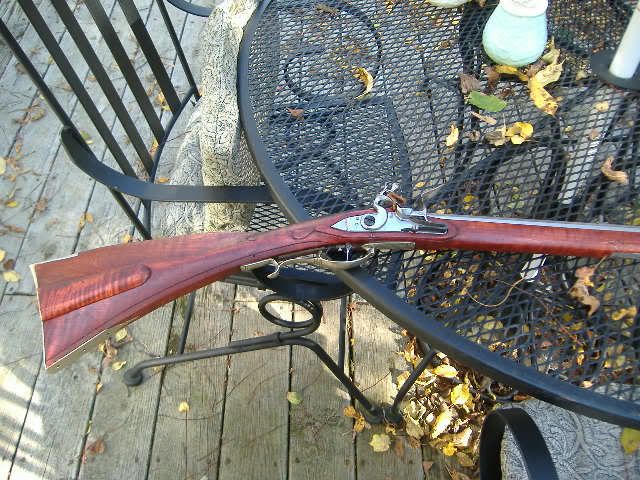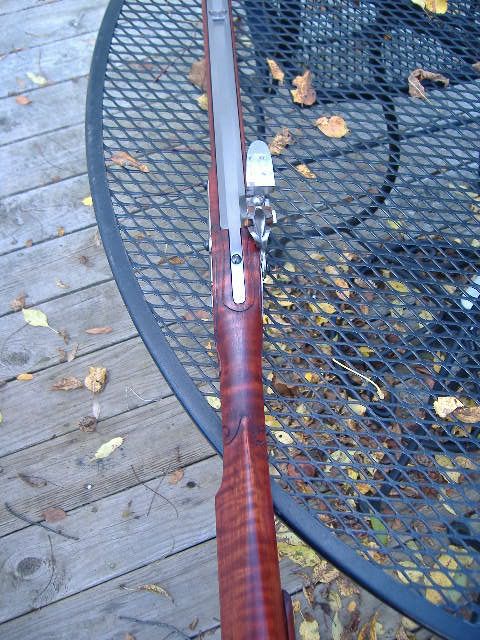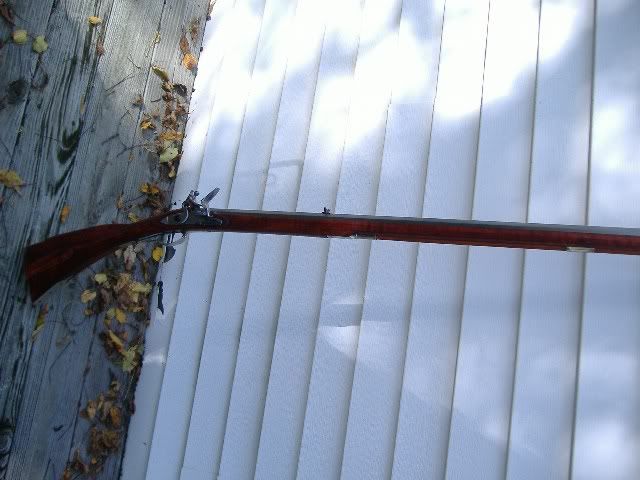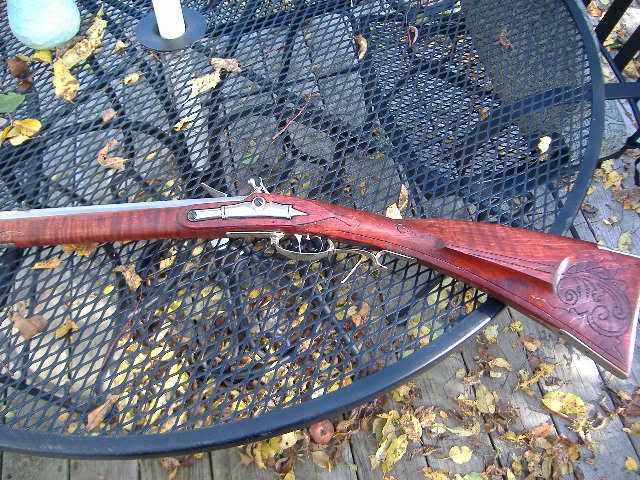Has anyone read a study of the flintlock rifles built along the Lehigh style in the very late 1700's (post war) period as the trappers/explorers began moving out into the appalacians(?) and beyond that indicated what the most popular caliber was.
also excuse the lack of information, but were swamped barrels available on the real Lehigh school of rifles.
And lastly, when did double set triggers first appear. thanks.
also excuse the lack of information, but were swamped barrels available on the real Lehigh school of rifles.
And lastly, when did double set triggers first appear. thanks.









